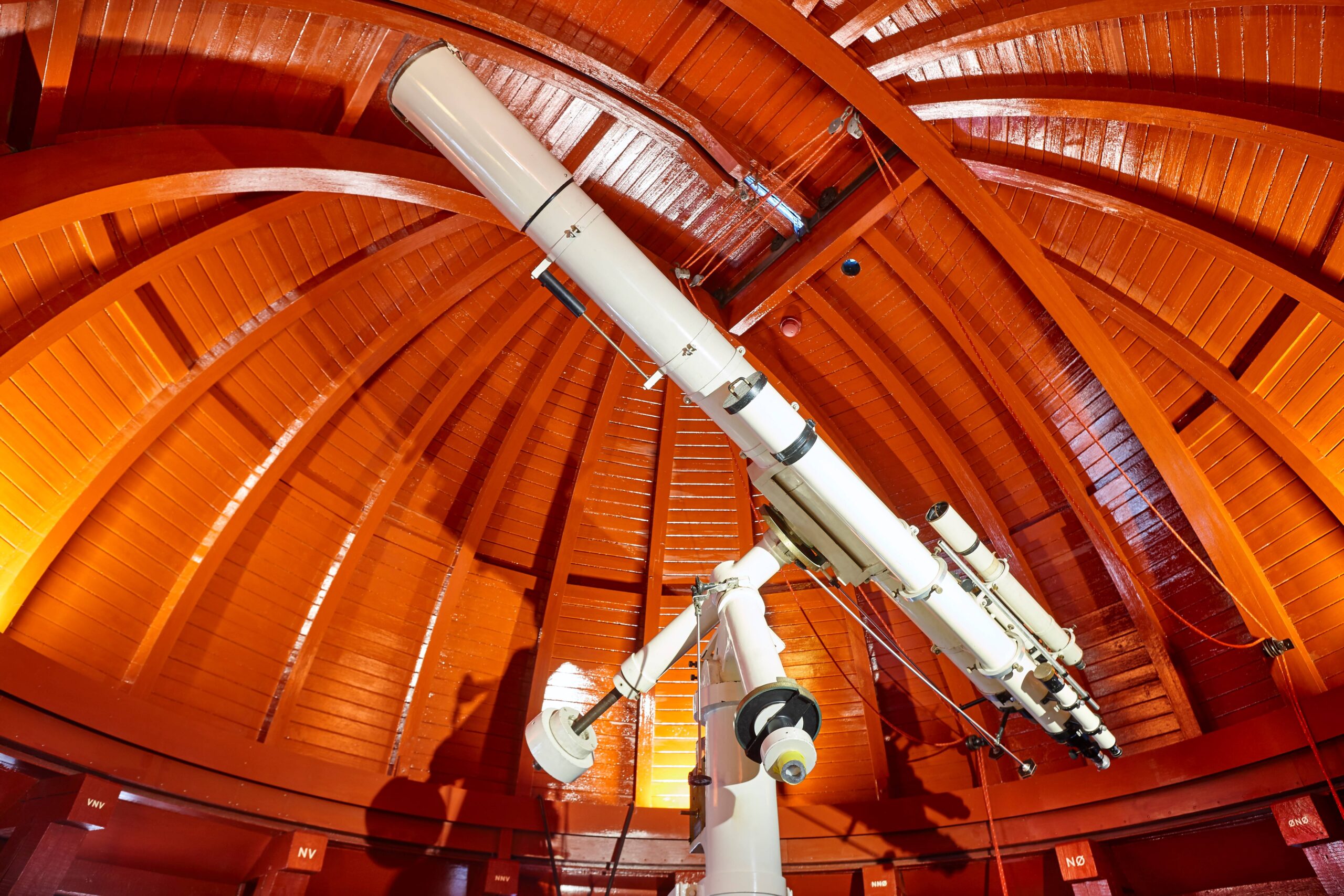
Astronomers once again surprise us with news from the far corners of the Universe. A team of researchers from the University of Minnesota has discovered, using the James Webb Space Telescope, a tiny galaxy that is more than 13 billion years old. Despite its modest size, this galaxy shows amazing activity—it is giving birth to stars at a rate that seems to be catching up with large galactic systems!
A Tiny Galaxy with an Incredible Star-Forming Power
The discovery was a real breakthrough for science. Scientists note that previously, such objects simply could not be seen, even with the most powerful instruments like the Hubble telescope. But James Webb, thanks to its high sensitivity and ability to “catch” infrared radiation, was able to reach the earliest stages of the universe’s history. Imagine: we are actually seeing a moment when the cosmos was only about 500 million years old.
What’s most intriguing is that this mini-galaxy is about a million times smaller in volume than our own Milky Way. But the number of stars it produces in a year is quite comparable to the output of our galaxy. It’s a veritable cosmic star factory!
How James Webb Reveals the Secrets of the Early Universe
How did the researchers manage to see such a tiny object at such a distance? The gravitational lensing effect played a role here. Essentially, more massive galaxy clusters act like a giant lens, amplifying the light of distant objects and making them more visible to our instruments. Thanks to this effect, the image of this distant galaxy is 20 times brighter!

Scientists used spectroscopic analysis to determine not only the galaxy’s distance but also its physical and chemical characteristics. This technology allows you to decompose light into its components and determine what elements make up the observed object. Scientists hope this will solve another big mystery: how the universe survived the epoch of reionization and which galaxies contributed to it.
“We know very little about the first galaxies so far, and meanwhile, they were markedly different from the galaxies that surround us now,” explains Hayley Williams, one of the study’s authors. – “Our discovery brings us closer to understanding what these early galactic systems looked like and how they evolved.”
Interestingly, the James Webb Telescope can collect 10 times more light than its predecessor, the Hubble. Moreover, it is ideally suited for observations in the infrared spectrum, which is the easiest region of light to study distant and ancient space objects.
So it’s safe to say that, thanks to James Webb, science is reaching a new level. We begin not just to look into the depths of space but literally see the Universe as it was at the dawn of its existence. And that’s just the beginning!
